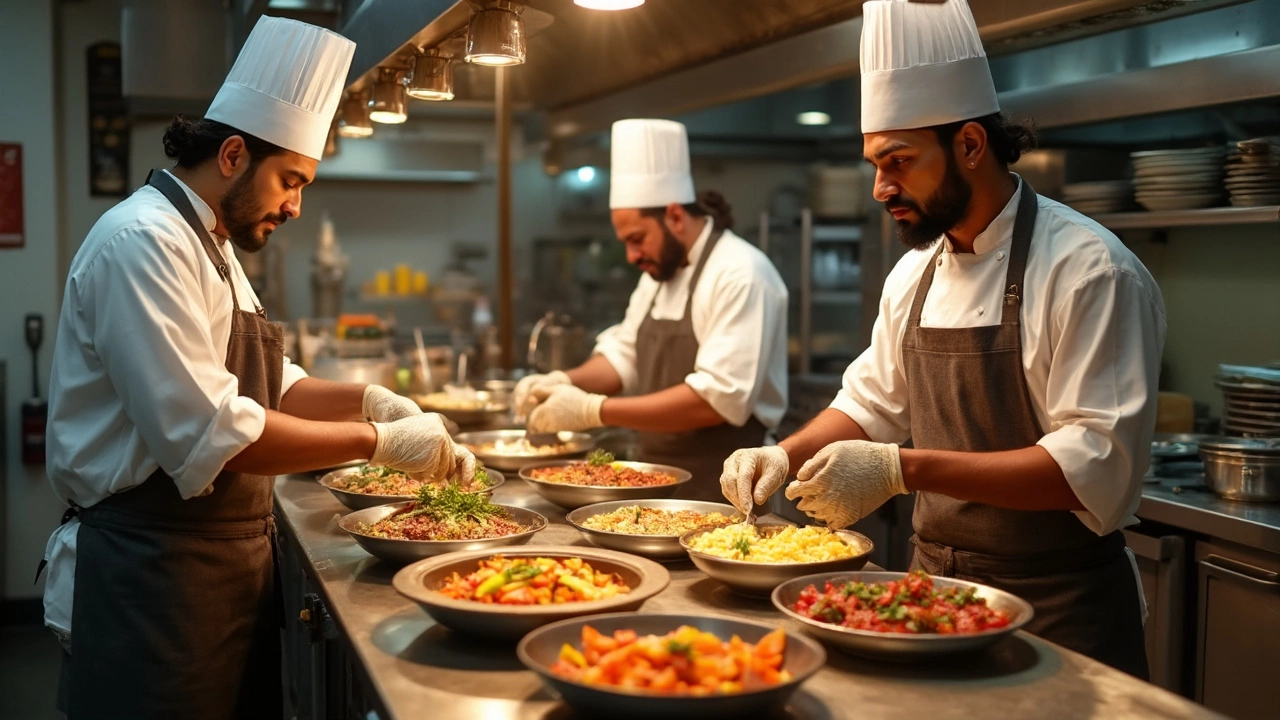Food preparation made easy: save time, eat better
Ever feel like cooking takes forever? Most of that time is spent preparing ingredients, not actually cooking. When you streamline food preparation, you cut down on mess, reduce stress, and end up with healthier meals. Below are practical steps you can start using today.
Key steps to efficient food prep
First, plan your meals for the week. Write down a simple menu, then check your pantry and fridge for what you already have. This prevents last‑minute trips to the store and helps you use up leftovers.
Next, gather all tools you’ll need—cutting board, knives, measuring cups, and containers. Having everything in one spot stops you from scrambling around the kitchen.
When you start chopping, work in batches. For example, dice all onions for the week at once, then store them in airtight containers. The same goes for garlic, carrots, and peppers. Grouping similar tasks keeps your hands moving smoothly.
Use a safe knife‑hand position: keep the tip of the knife down on the board and curl your fingertips inward. This reduces accidents and speeds up cutting because you don’t have to think about safety every second.
Consider a ‘mise en place’ layout—place each ingredient where you’ll use it in the recipe. When a step calls for “add garlic,” you’ll see it right there, no hunting required.
Tips to keep food fresh
Freshness matters for taste and safety. After cutting vegetables, dry them with a clean kitchen towel before storing. Moisture speeds up spoilage.
Store herbs like cilantro or parsley in a glass of water, cover with a loose plastic bag, and keep them in the fridge. They’ll stay crisp for days, ready for garnish or sauces.
For proteins, portion them into single‑serve bags or containers. This way you only defrost what you need, avoiding waste and bacterial growth.
Label every container with the date you prepped it. A quick glance tells you if it’s still good, and you won’t end up eating something past its prime.
Finally, keep your fridge organized. Place raw meat on the bottom shelf to prevent juices from dripping onto other foods, and keep ready‑to‑eat items on the top where they’re easy to grab.
By following these simple steps, you’ll cut prep time in half, keep your kitchen tidy, and serve up healthier meals every day. Give them a try this week and notice how much smoother cooking becomes.

Do Restaurants Use Food Processors?
Restaurants often rely on food processors to speed up food preparation and ensure consistency in dishes. From chopping vegetables to making sauces, these machines are essential in most commercial kitchens. This article explores how food processors are used in restaurants, highlighting their benefits and offering tips for selecting the right model for a kitchen. Discover the surprising impact they have on culinary efficiency.
